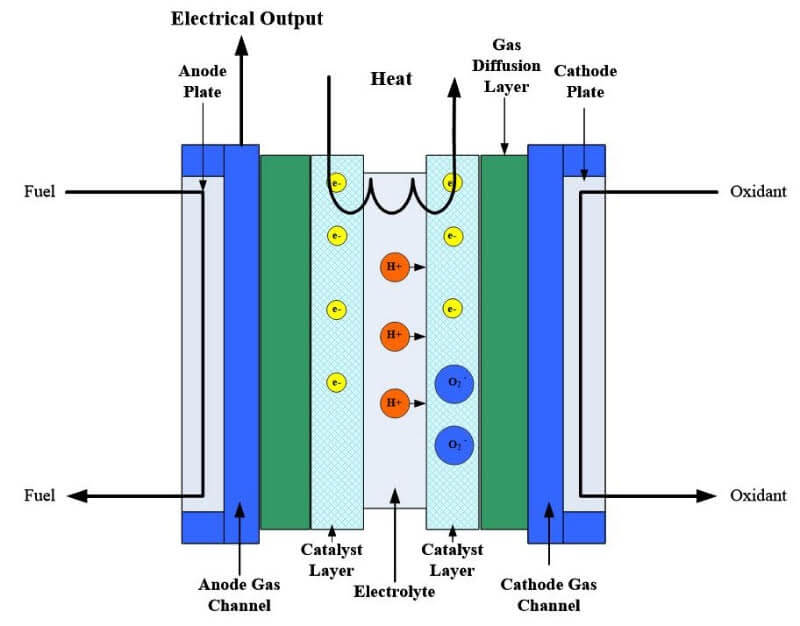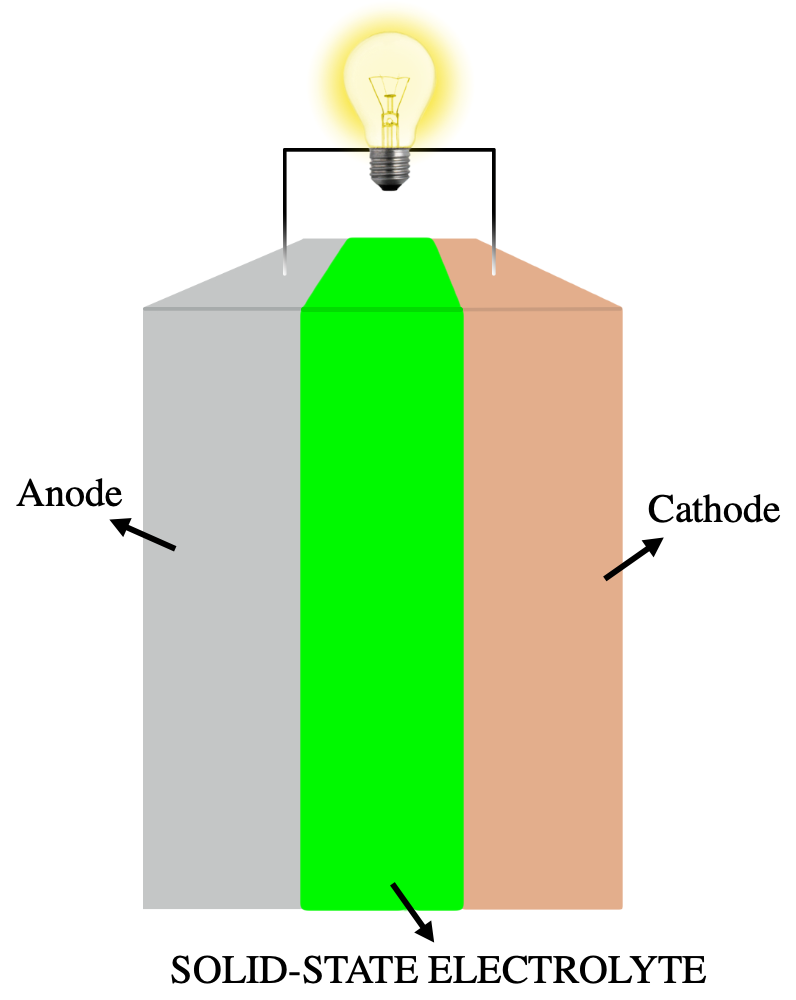The reason that saturated fats are solid at room temperature is that the molecules are able to pack much closer together.
At room temperature the plasma membrane is solid.
Think of a package of dry spaghetti noodles.
The plasma membrane of animal cells.
In the mitochondria c.
They are usually obtained from animal sources d.
They have single bonds within the carbon chain c.
Most animal fats form a solid at room temperature while plant fats remain liquid at room temperature.
Temperature helps determine what can enter or leave the cell and how well molecules found within the membrane can function.
They tend to dissolve in water easily.
What does this tell you about the triglycerides in lard.
1 t m melting temperature is a phase transition a change from a more rigid solid like state to a fluid like state measures of membrane fluidity.
Membrane thickness most animal fats form a solid at room temperature while plant fats remain liquid at room temperature.
Melting temperature the fluidity ease with which lipids move in the plane of the bilayer of cell membranes has to.
In the plasma membrane b.
All cells have a plasma membrane.
A before partial hydrogenation the shortening was animal fat and therefore solid at room temperature.
A they are solid at room temperature b.
This phenomenon is analogous to the fact that paraffin wax which is composed of long alkanes is solid at room temperature while octane gasoline a short alkane is liquid.
The fats in lard are mostly phospholipids.
The reason that saturated fats are liquids at room temperature is that they can t fill nearly as much space with the same number of molecules.
All cells have mitochondria.
To learn better about the deoxygenation process of the studied fatty acids over our pt zif 67 membrane zeolite 5a bead catalyst we collected ftir spectra of some reaction products obtained from deoxygenation of lauric acid h 2 and co 2 atmosphere as a function of temperature seen in fig.
B before partial hydrogenation the shortening was vegetable oil and therefore liquid at room temperature.
Explain at least three functions that lipids serve in plants and or animals.
All cells have a nucleus.
Which of the following is a feature of lipids in plant membranes that best explains this difference.
Many factors affect how this membrane behaves and temperature is one of the most important.
In the golgi apparatus d.
Think of a bag of dry macaroni noodles.
In the endoplasmic reticulum.
C before partial hydrogenation the shortening was vegetable fat and therefore solid at room temperature.
A membrane surrounds every living cell keeping the cell s interior separated and protected from the outside world.
Saturated phosphatidylcholine lipids with tails longer than 14 carbons are solid at room temperature while those with fewer than 14 are liquid.















































